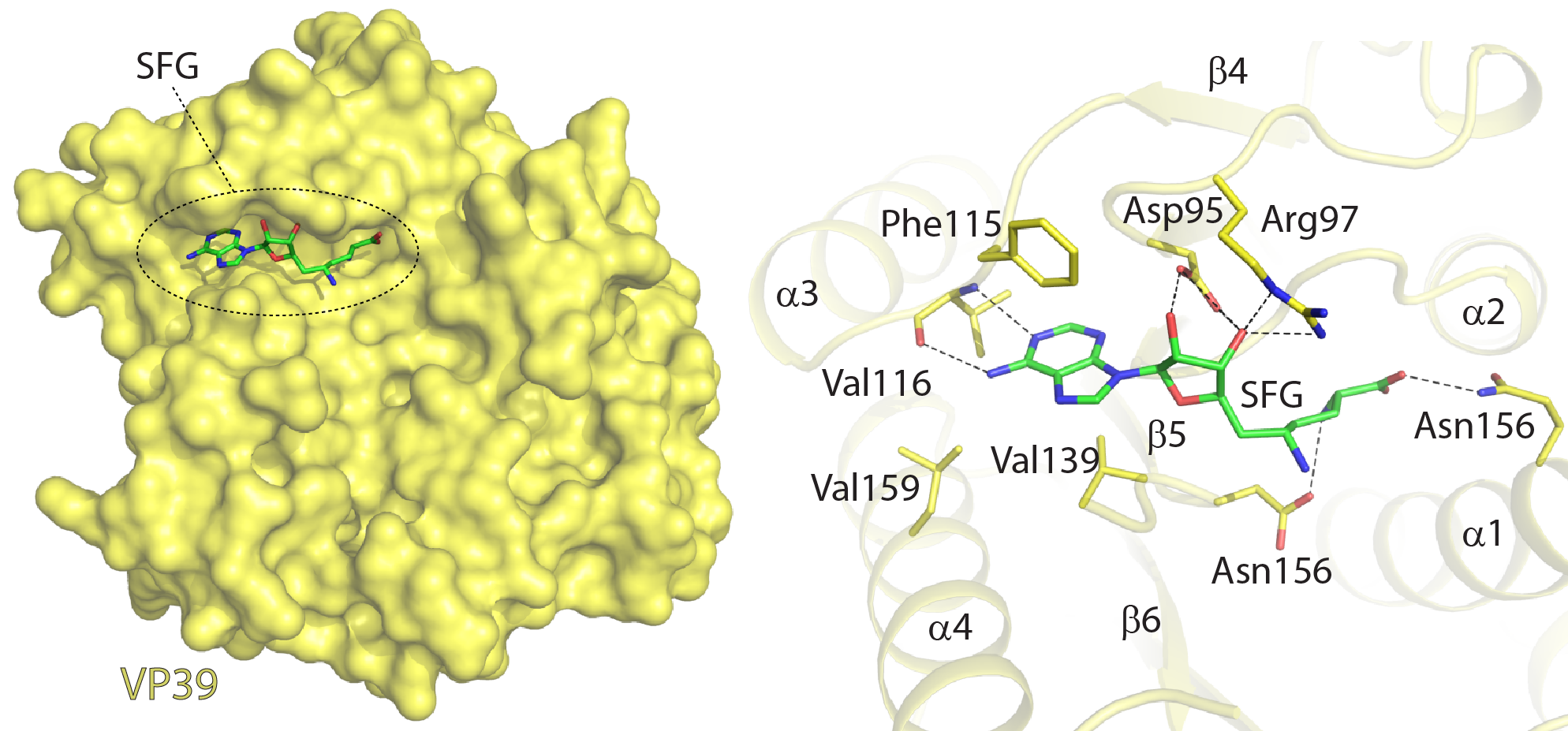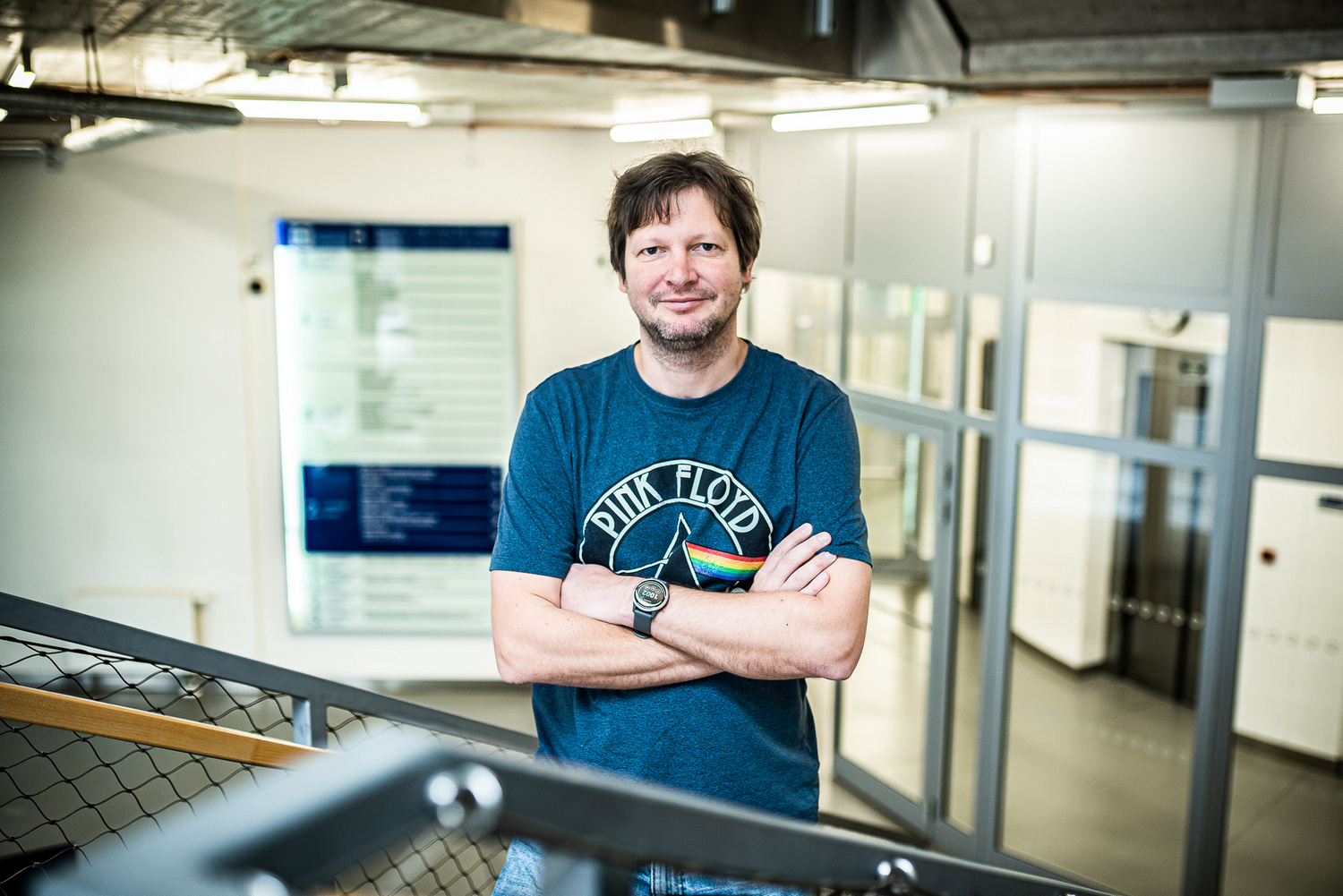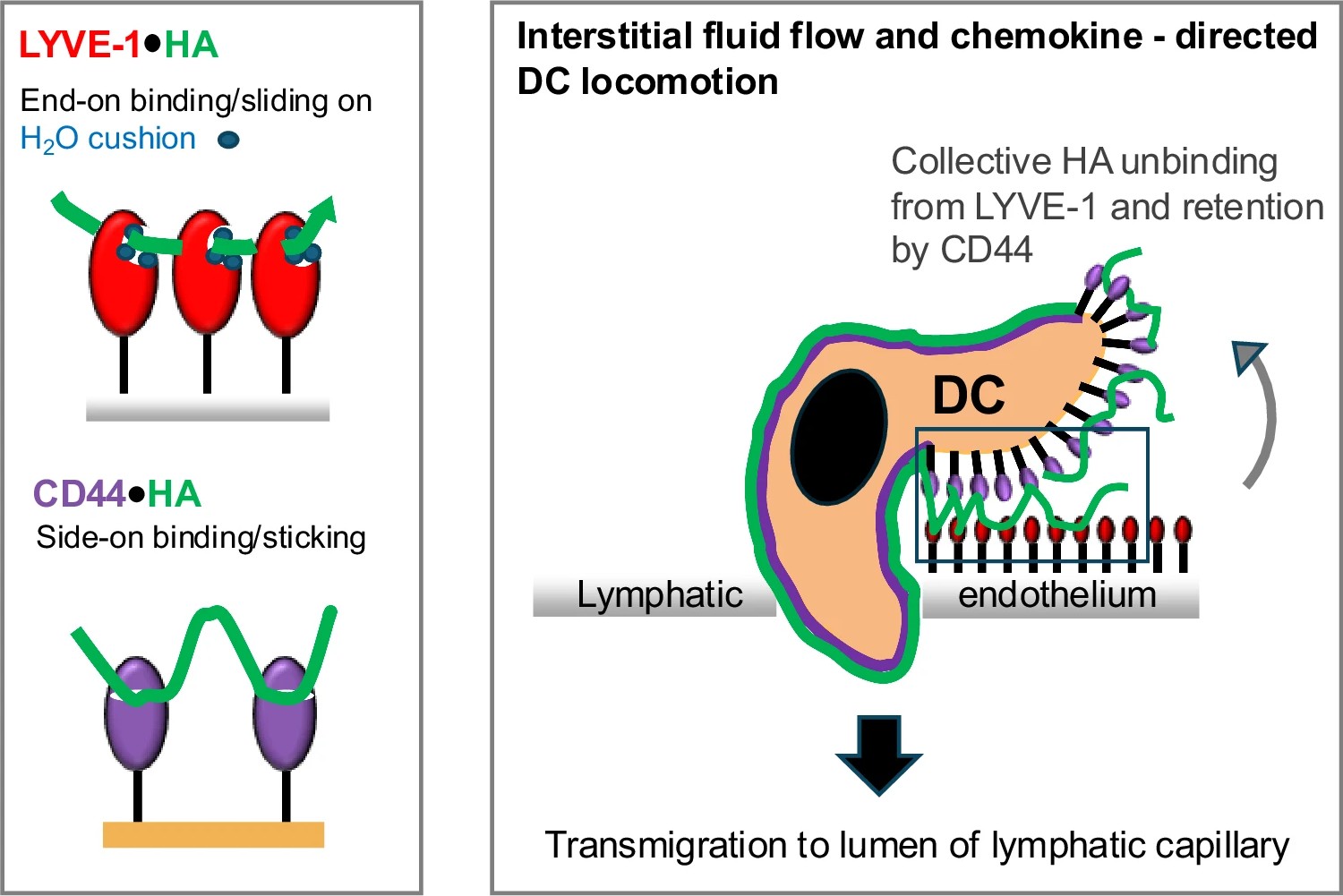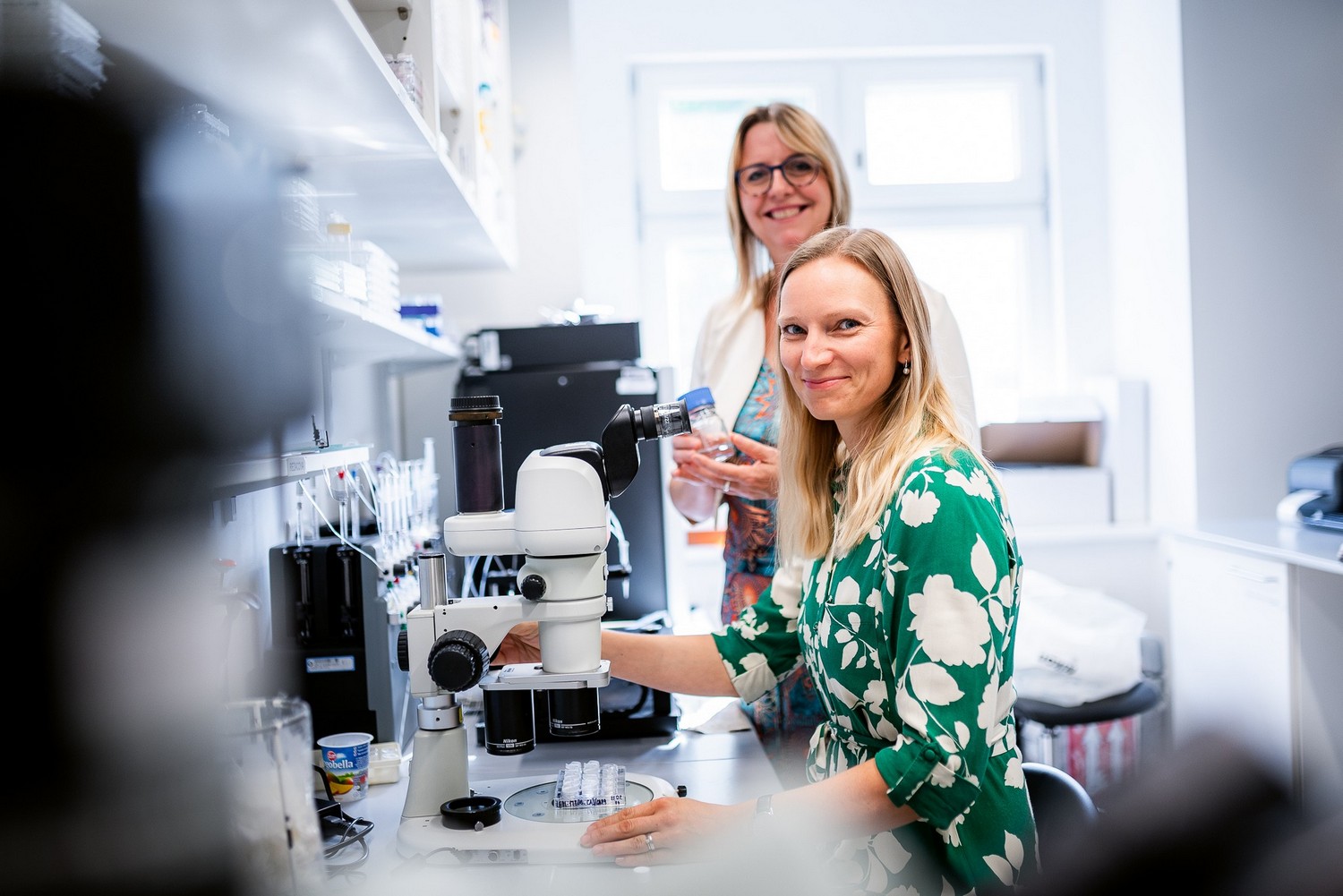Scientists from IOCB Prague move closer to developing a drug not only against monkeypox

Scientists from the Institute of Organic Chemistry and Biochemistry in Prague have deciphered the structure of the protein methyltransferase from the monkeypox virus. It is with the help of this protein that the virus escapes human immunity and causes the monkeypox disease. Based on this discovery, they have prepared substances that can block the function of methyltransferase. The results of this research may constitute the first step towards creating a completely new group of antivirals. This applies not only to monkeypox, but also to diseases caused by other viruses, including COVID-19 induced by the SARS-CoV-2 coronavirus.
How the virus escapes human immunity
An article on the results of the work of the scientific groups led by Dr Evžen Bouřa and Dr Radim Nencka has now been published in Nature Communications. Both teams have for many years been studying viruses that cause serious diseases. In the past, they focused on the Zika virus from the flavivirus group or the SARS-CoV-2 virus from the coronavirus group.
Like other viruses, the monkeypox virus multiplies in a host cell. For it to defend itself against external attack, it needs to recognize which RNA molecules are its own and which are not.

"Native RNA molecules carry a special marker called a cap for easier recognition. An unmarked molecule triggers an innate antiviral immunity response in infected cells. Therefore, viruses try to deceive the human body and, for example, the monkeypox virus confuses it by also adding a cap to its RNA," explains Evžen Bouřa.
Closer to discovering new antivirals
The symptoms of monkeypox resemble those of smallpox, a disease that has already been eradicated. Until recently, the virus causing it was found only in Central and Western Africa. Its natural reservoirs reside in rodents and primates. In humans it can cause a disease with an estimated mortality rate of three to six percent. While this is less than in the case of smallpox, it is much higher than, for example, with COVID-19.

Recently, the monkeypox virus has spread worldwide, so it is no wonder that not only experts, but also the general population and public authorities are nervously watching the threat of another global viral pandemic.
"Our colleagues perfectly combine structural biology and cutting-edge medicinal chemistry. Thanks to that, we are closer to discovering new antivirals," says Prof. Jan Konvalinka, the director of IOCB Prague.
Original article
- Silhan, J.; Klima, M.; Otava, T.; Skvara, P.; Chalupska, D.; Chalupsky, K.; Kozic, J.; Nencka, R.; Boura, E. Discovery and structural characterization of monkeypox virus methyltransferase VP39 inhibitors reveal similarities to SARS-CoV-2 nsp14 methyltransferase. Nat Commun 2023, 14, 2259. https://doi.org/10.1038/s41467-023-38019-1
National Institute of Virology and Bacteriology
The research focused on monkeypox is financed by the IOCB and by the National Institute of Virology and Bacteriology. NIVB is a unique platform bringing together top scientific institutions from across Czechia. Its goal is to contribute to accelerating the development of drugs and vaccines against viral and bacterial diseases.

EXCELES Programme
The NIVB project is supported by the EXCELES Programme financed from the resources of the European Union’s NextGenerationEU fund. The EXCELES Programme aims to establish an ecosystem of research infrastructure and innovation services to facilitate knowledge transfer and technological development in Europe.








